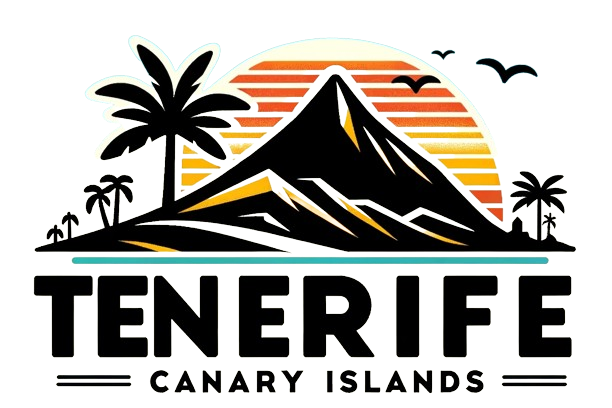Teno Chalet: A Historical Landmark Preceding the Rural Park
Situated at the scenic Punta de Teno, the Teno Chalet boasts a rich history that predates the establishment of the Rural Park, which was officially declared in 1987. This unique structure has become a focal point of discussion among local residents and visitors alike, particularly as it continues to be promoted for various residential and recreational purposes across numerous social media platforms.
The Cabildo of Tenerife, the governing body responsible for the island’s administration, has recently found itself at the center of controversy. Allegations of corruption have surfaced online, with some accusing the institution of mismanaging the chalet’s status and its implications for the surrounding area. In response, the Cabildo has firmly rejected these claims, categorizing them as falsehoods. They emphasize that the existing legislation plays a crucial role in safeguarding the area from unauthorized construction and ensuring that the natural beauty of Punta de Teno is preserved.
Details of the Chalet’s Construction
The Teno Chalet was constructed in 1968, originally envisioned as a pilot project for a larger development initiative that ultimately never came to fruition. An orthophoto from Grafcan, dating back to 1977, serves as a historical reference, confirming that the chalet was already in existence and visible over 45 years ago. This evidence counters any assertions that link the structure to more recent urban development initiatives, reinforcing its status as a longstanding feature of the landscape.
The architectural design of the chalet reflects the era’s aspirations for tourism and development, although the broader project was abandoned. The chalet stands as a testament to a vision that never materialized, yet it has remained a significant landmark in the region.
Impact of the Park Declaration
The declaration of the Rural Park in 1987 marked a pivotal moment for the Teno area. Alongside the approval of the Management and Use Plan (PRUG) in 1999, these measures rendered the proposed urbanization project unfeasible. According to Blanca Pérez, the island’s councillor for Natural Resources, the actions taken by the Insular Corporation are essential for preserving the natural environment and preventing urban encroachment. The park’s designation has helped maintain the ecological integrity of the region, ensuring that the natural landscape remains largely untouched by commercial development.
Blanca Pérez has been vocal about the importance of adhering to existing legislation, which is designed to protect areas like Punta de Teno from unauthorized construction. This commitment to conservation reflects a broader trend in environmental policy, where the preservation of natural spaces is prioritized over potential economic gains from development.
Ownership and Historical Significance
The Teno Chalet was initially constructed by Teno SA, the former owners of the Punta de Teno area, as part of an ambitious tourist development plan that was ultimately abandoned. The Cabildo of Tenerife has clarified that it has never been involved in the construction or maintenance of the chalet, which raises intriguing questions about its historical and architectural significance. There are suggestions that the design may have been attributed to the renowned architect Fernando Higueras, who passed away in 2008. Higueras was known for his innovative designs that harmonized with the natural environment, and if he indeed had a hand in the chalet’s creation, it would add a layer of cultural value to the structure.
As discussions surrounding the chalet continue, its historical significance is becoming increasingly recognized. The building serves not only as a relic of a bygone era but also as a symbol of the ongoing tension between development and conservation in the region.
Current Advertisements and Public Perception
Despite its controversial status and the debates surrounding its ownership and historical context, the property is still actively advertised on specialized platforms for social events. Listings promote the chalet as “Villa Luxury Punta de Teno – Canary Good Vibes,” showcasing amenities such as an outdoor pool, garden, and terrace. These features attract interest from potential visitors looking for a unique venue for celebrations and gatherings.
The marketing of the chalet highlights a growing trend where historical structures are repurposed for modern recreational use, often leading to a clash between preservation efforts and commercial interests. While some view the advertisements as a way to breathe new life into the property, others express concern that such promotions could undermine the efforts to protect the area from further development.
Key points
- The chalet at Punta de Teno predates the Rural Park declaration.
- It has been privately owned since its construction in 1968.
- Claims of corruption against the Cabildo of Tenerife have been labeled as falsehoods.
- The chalet was originally part of an abandoned tourist development project.
- Blanca Pérez emphasizes the importance of existing legislation to prevent unauthorized construction.
- The property continues to be advertised for recreational use despite its historical context.
